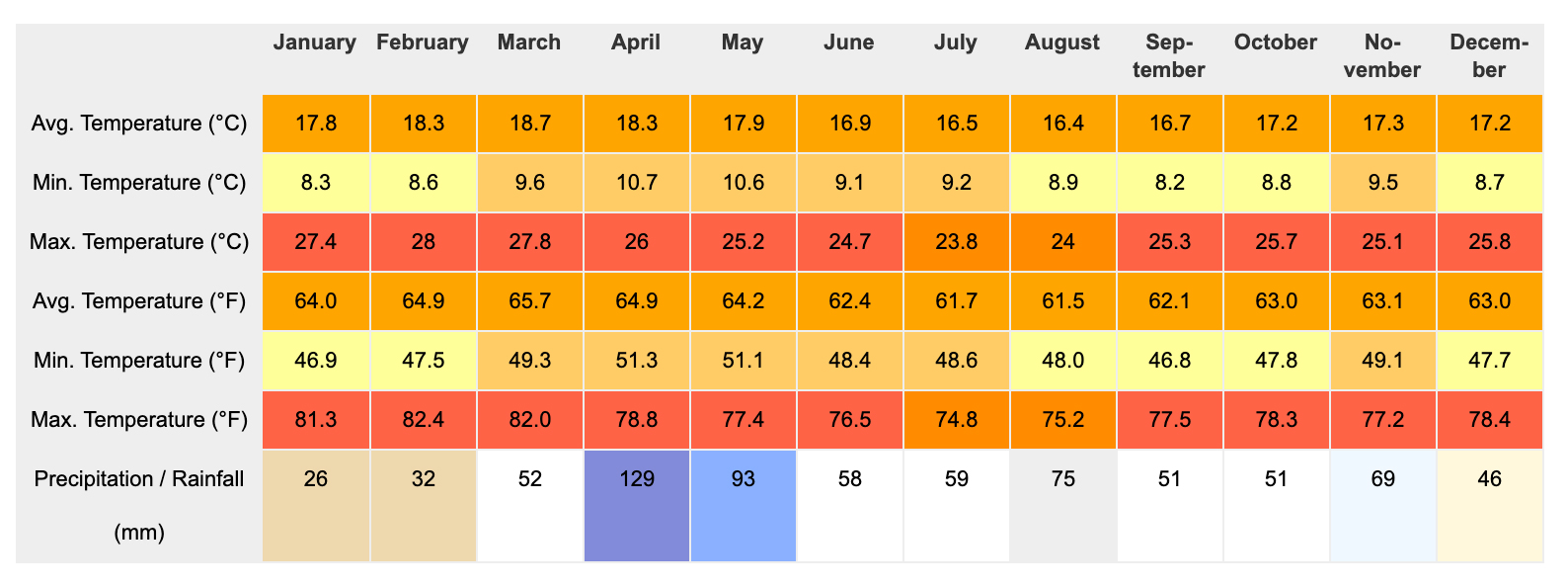Visiting Soysambu Conservancy is great throughout the year. Kenya is known as a “year-round destination” which can be visited anytime. We are located 30 miles south of the equator at an elevation of 6000 feet, so the sun rises and sets pretty much the same time every day from 7am to 7pm. The days are long, offering many photographic opportunities and time for activities.
The temperature generally ranges between 50˚F (10˚C) and 75˚F (23˚C) either a little warmer during the dry season or cooler after the wet season. Be sure to bring a sweater or fleece as it can be very cool during the early morning and evening game drives.
To plan your trip you should consider the seasons. It is either dry or wet with a transitional period in between.



Dry Season
Generally, the very dry season is from late January to March. During this season, the wildlife congregate around water sources and the dry landscape is windswept creating dramatic photographic scenery. The lake typically lowers during this season making the conditions ripe for algae production which is the food source for the Lesser Flamingoes. Depending on the lake level, the Great White Pelicans might be breading on the islands. This time of year, the migratory birds appear from Europe. So it is ideal for bird enthusiasts.
Rainy Season
From April to May, it usually rains but this happens at night or the early morning. June is a transitional month after the long rains, so everything can be lush and green. July and August are a little cooler. September to October is good weather and good for wildlife viewing. During November, we expect the shorter rains and December can be like June.
Global climates are changing and sometimes the rains fail completely in some parts of Kenya causing drought and sometimes the rain may fall outside the normal rainy seasons.
